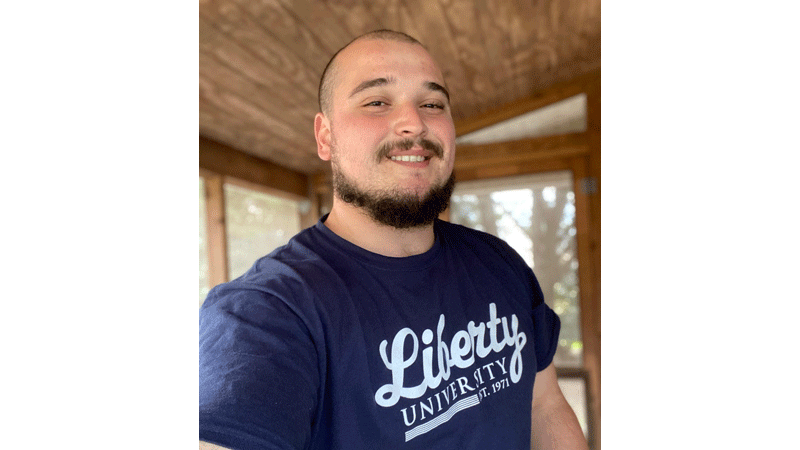Ethics on the fire lines
Published 12:32 pm Saturday, September 9, 2017
I was told I could speak with Ron during his lunch break, but to keep it brief and avoid highly personal questions. He was wearing a jumpsuit and sitting on a tree stump, eating a government-issued baloney sandwich.
This was a relatively easy day: no flames, just a thickly overgrown gorge that had to be cleared to avoid possible flooding during rainy season. On other days, Ron and his mates face far more grueling — and dangerous — work, battling wildfires across California as part of the nation’s largest prison inmate firefighting force.
This year’s fire season has arrived early, with large wildfires erupting in Los Angeles County and near Sacramento.
The reporter in me wanted to know: How much does the firefighting gear weigh? About 40 pounds. Do the inmates get paid? Yes, about $2 a day, plus $2 an hour when fighting an actual wildfire. Was there a lunch option besides baloney? No.
But the opinion writer in me struggled with the ethics of the matter. Is offering some 4,000 California inmates a chance to reduce their prison time (two days cut for each day worked), plus a bit more money than is offered for labor inside prison walls and, as Ron emphasized, a sense of purpose, a reasonable trade for risking one’s life?
Three California inmates died fighting fires in the last year. Others were injured doing what the inmate crews specialize in: hiking many miles into fire zones that professional firefighters can’t reach with vehicles. Rather than fight the fire directly, they try to cut breaks to keep the flames from spreading.
The thought of inmates doing such dangerous work conjures images from the movies, such as Paul Newman on an inmate road gang in “Cool Hand Luke” or Charles Bronson as part of an inmate strike force in “The Dirty Dozen.” These were scenes of chilling government abuse.
An inmate fire crew is different. The program is voluntary and the risk-reward consideration is reasonable.
Participants like Ron say that, despite the danger on fire lines, they feel safer than they would inside a gang-plagued prison. They gain a sense of self-worth.
But as with many ethical questions, inmate firefighting programs are a muddle of competing considerations. For California, there is an estimated annual savings of $100 million by using inmates rather than fully-paid professionals. Should the money go to inmate rehabilitation efforts?
Meanwhile, as the wildfire danger has increased dramatically in recent years the supply of inmate firefighters is dropping. Court-ordered early release programs, prompted by overcrowding in prisons, means the pool of nonviolent offenders is shrinking.
California’s lawyers argued against early releases. The state also considered using more violent inmates on fire lines, but dropped the plan when public and political opposition became too great.
This month, California called up 350 National Guard troops to assist firefighters.
Ron took a swig from his water bottle. He explained that he was serving time for a drug offense and believed that working outside prison walls helped him stay clean — away from prison drug rings, and closer to nature’s inspirational forces. Taking control of his life, contributing to society rather than being part of its burden, is important.
California’s use of inmates operates close to ethical boundaries, but a program that allows people like Ron to rebuild their lives is one flame worth keeping alive.
PETER FUNT is a writer and speaker. His book, “Cautiously Optimistic,” is available at Amazon.com and CandidCamera.com. He can be reached at www.CandidCamera.com.





